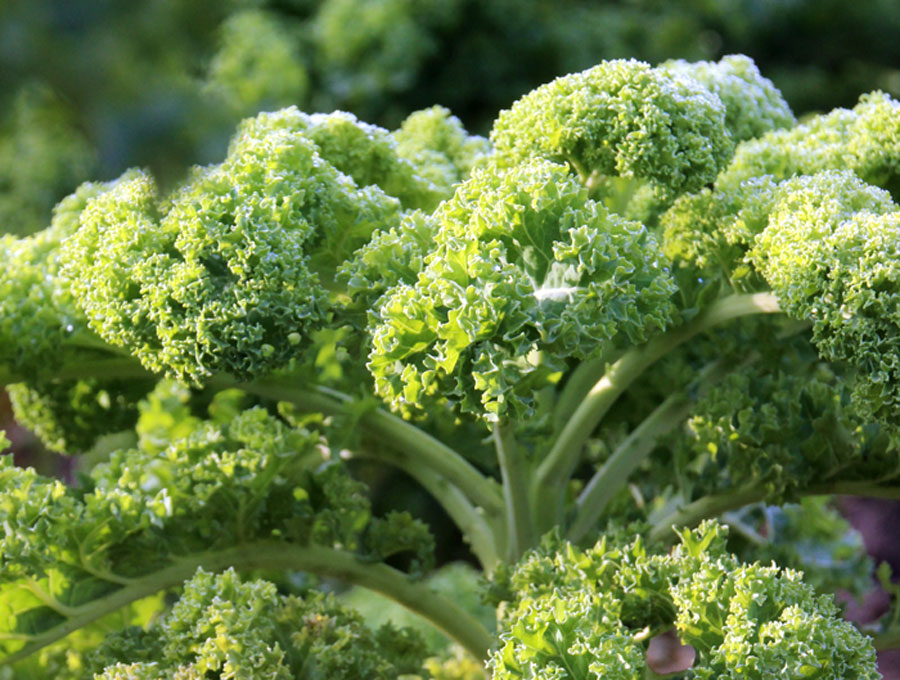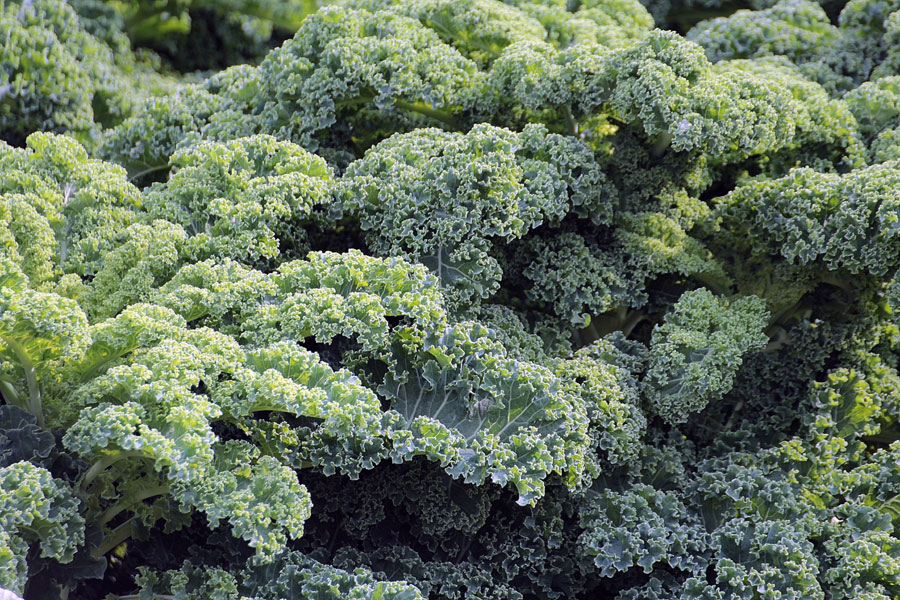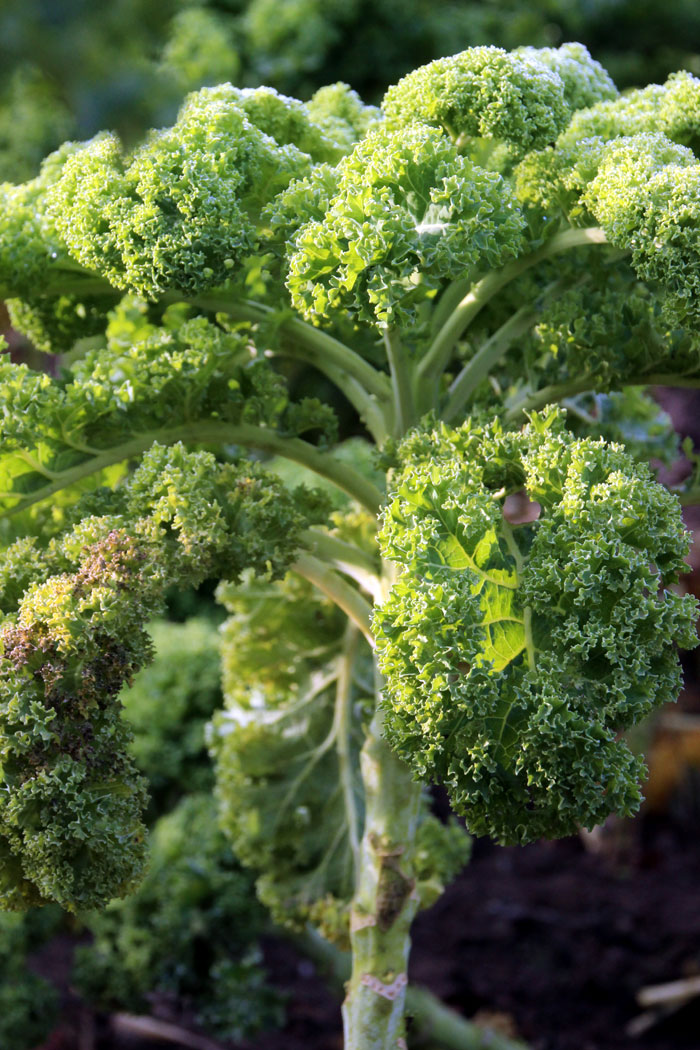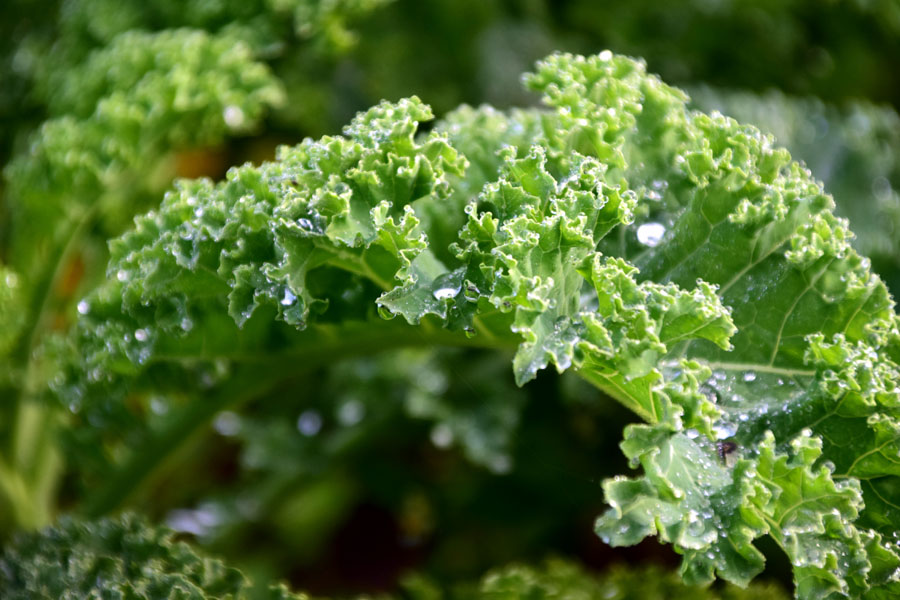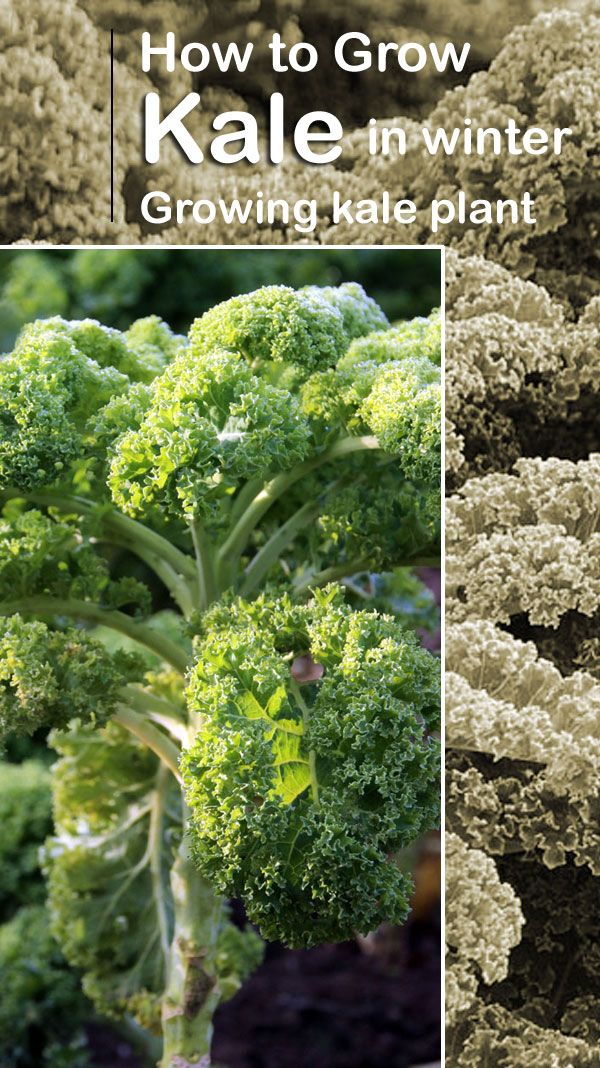Kale Plant (Brassica oleracea)
Kale (Brassica oleracea) may be a loose-leaved edible plant derived from cabbage of the Cruciferae (Brassicaceae). Plants of the kale family produce an elongated rosette of leaves with wavy or flounced margins. In most cases, the leaves are blue-green, but they can also be light green, red, or purple, depending on the variety. It is a source of vitamin B6, calcium, iron, vitamin C, and vitamin A. These nutrients can be taken fresh or cooked. Know how to grow kale, kale vegetables in this article.
Classification
Scientific Name Brassica oleracea
Common Name Kale, leaf cabbage,
Plant Type Vegetable
Sun Require Full sun
Soil Rich, well-draining soil
Soil pH 6.0 to 7.0
Blooming time Spring
Zone 7-9
Growing Kale Plant (leaf cabbage)
As cold enhances the taste and quality of kale vegetables, it is grown mostly for autumn and winter harvesting, since its hardiness allows it to be harvested when most fresh vegetables have become unavailable. Even though kale is usually grown within the garden as an annual, it actually grows as a biennial and produces yellow flowers in loose clusters during its second year. Known as siliques, these fruits are dry capsules.
Growing Brassica oleracea in raised beds or containers is easy, and it grows perfectly. The last frost should be three to five weeks before the kale is planted. Gardening in the ground, in raised beds, and in containers, all have excellent growing options. Depending on how deep the container can hold the plants, set them at that depth. Space them 18 to 24 inches apart. If given a lot of room, the leaves can grow bigger, but the smaller leaves are typically the most tender.
Taking good care of your kale vegetable plant–pruning when necessary, watering carefully, and harvesting intelligently–will enable it to last for many months, even years. read also:
9-fast-growing vegetables at home.
Vegetable garden Companion plants guide.
How to Gr0w Kale in India
Kale plants grow very well in dry and cold climates, winter in India. It can get a favorable climate during the season. You can easily sow it in October-November.
Kale Plant care
Sunlight
Growing Brassica oleracea in full sunlight is best, but it can also tolerate partial shade. It is best to situate this veggie in full sun if it is to be harvested in the spring or fall. It will then have the perfect environment to grow an abundance of leaves. The plant can be planted in partial shade during spring and fall, but its yields may be reduced. A hot climate such as spring or fall may make this more appealing. Leaf cabbage fares well in limited sunlight, as it thrives in just a few hours of sunlight each day. Ensure it receives four hours of sunlight every day.
Soil
Brassica oleracea plants prefer rich, well-draining soil with a pH between 6.0 and 7.0. After seeds germinate, add 2 to 3-inches of mulch to help retain moisture in the soil. Healthy leaves require high levels of nitrogen provided by the organic material. Compost or other rich organic matter should be added several inches to the native soil to improve it.
Water
Brassica oleracea plant will be ready to plant once your seeds germinate and reach 2-3 inches in height. Plants need daily watering after they have been planted. When it’s cold outside, you should water it 2-3 times a week; meanwhile, when it’s sunny and warm, you should water it once a day. Make sure the soil stays evenly moist by regularly watering your kale plants. The moist soil contributes to the crisp and sweet nature of kale leaves, along with cold temperatures.
Temperature and Humidity
Ideally, the soil temperature should be between 60 and 65 degrees Fahrenheit for planting Brassica oleracea. Frost will make all varieties sweeter, as they prefer cool weather. Hot weather turns kale bitter. Kale is a biennial plant that completes its life cycle in two growing seasons but is mainly cultivated as an annual. With adequate protection, most plants can survive winter, but they will collapse under heavy frosts or snow.
In order to maintain kale’s color and flavor, keep it at 32 degrees Fahrenheit with a relative humidity of 95% to 100%. Ideally, it will keep between 14 and 21 days if stored with adequate air circulation.
Fertilizer
For Brassica oleracea to grow, you need a fertilizer that contains nitrogen, phosphorus, and potassium in moderate amounts. Be sure to add the highest fertilizer to 3 to 4 inches of soil when planting. When the season is not very long, kale plants usually require only one application of fertilizer. Apply fertilizer after harvesting the primary leaves. It gives the plants the boost they need to keep growing. During the growing season, feed your kale with your fertilizer according to the label instructions. You can use high-nitrogen vegetable fertilizer or compost.
Read also:
Growing and caring for Rutabaga. Viburnums care and growing guide. How to care for Anise plants. Sedum plants growing indoors. Grow and care for Plumbago. How to grow gladiolus flowers. Growing gardenia in your garden. Tuber rose bulb growing tips. Vanilla Brans growing in your garden.
For pin:

